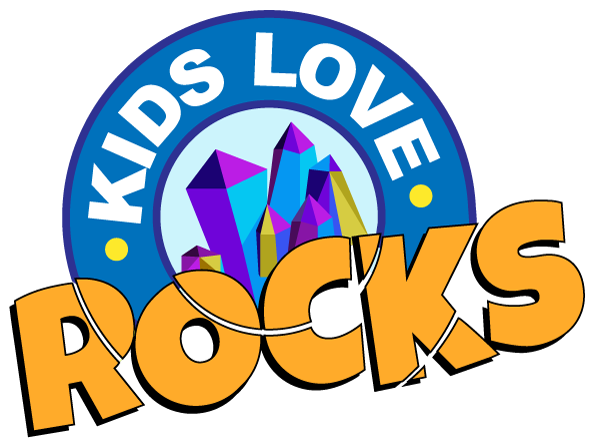Building a Mineral Collection
If you have been to a mineral show, you know that mineral specimens can be very expensive. Some of you have gone out to dig for your own specimens. Whether you are building your mineral collection by buying specimens, finding them yourself or a little of both, you know that your specimens are valuable. You can’t believe how many collections have bunches of mineral specimens piled on shelves or on top of desks. The specimens collect dust, are bumped around and are often damaged.
One of the most upsetting experiences of collecting is to have a special, prized specimen broken or damaged. Right away it is worth much less. Also, it looks a lot worse than it did before. Your collection can be carefully kept and will be more valuable if you do the following three steps every time you get a new specimen.
Keep your minerals safe
Step 1: Store your specimens in a safe place.
Keep your specimens in a container that protects them from getting banged into each other. Just piling them up on your desk is not good. Use egg cartons or strong boxes like cigar boxes to hold your specimens. If you keep them more than one specimen in a box, make dividers to keep the specimens safely apart from each other. Some collectors use a chest of drawers. It is usually possible to buy an old dresser or an old box with drawers for a few dollars at a yard sale. Just like a cigar box, remember to make dividers for the drawers to keep the specimens away from each other.
You may want to make shelves for your specimens. If you like to display your specimens, always keep one specimen two or more inches away from the next specimen. Remember, an important goal of storing your collection is to protect the specimens so they do not get damaged.
Keep good records
Step 2: Number your specimens and keep a book with the numbers and specimen names.
A collection of anything is most valuable if it is more than a pile of objects. It is very important that you keep track of the specimens you have. The best way to do this is to put a small number on each specimen and a list of the numbers.
You can keep a written list in a book or on the computer. Using a computer, print out a sheet of small numbers. Cut out the numbers and carefully attach a number to a specimen with a very small piece of sticky blue poster tack. You can buy this at an office supply store. Stick “1” on a specimen. When this is done, write in your list the number, the name of the specimen and where it was found.
For example, your record book or computer list will look like this:
- Calcite. Cave-in-Rock, Illinois.
- Pyrite. Peru.
- Quartz. Switzerland.
Every time you get a new specimen, make it your first job to give it the next number on your list and record the information you have about the specimen. Expert collectors will tell you that a specimen with the information about where it was found is much more valuable than a specimen that has no information with it.
Use labels
Step 3: Label your specimens.
It’s good to have numbers on your specimens, but you don’t want people to be picking up all your specimens to find the number and look at the list to see what the mineral is. Every specimen should have a label sitting in front of it that tells a visitor what the mineral is and where it was found.
Image
Some collectors like to have labels with the specimen number on the label. Some get fancy and make labels with their own name on the label. Believe it or not, some mineral collectors collect old labels from old mineral collections. Once in a while an old label is worth more than the mineral specimen that goes with it!
Labels are fun to make. You can make them by hand or on a computer, but If you would like to get started right away, we have created a sheet of mineral labels which you can print out today.
Check out our Free Download of Mineral Labels!
Have fun collecting!
